Introduction
Asthma is a common respiratory disease that affects over 300 million people worldwide. The symptoms of asthma include wheezing, shortness of breath, cough and chest tightness.
Children are more likely to have asthma than adults, and it's estimated that 80% of people with allergies also have asthma. Here's what parents need to know about these diseases and how you can help your child manage them.
What is allergic asthma
Allergic asthma is a type of asthma caused by allergies. The immune system reacts to allergens and causes inflammation in the airways, which leads to coughing and wheezing.
It’s important to note that not everyone who has allergies develops asthma, but for those with asthma already it may become worse when exposed to certain allergens. Asthma symptoms are caused by inflamed airways and swelling in the lungs, which makes it difficult for you to breathe normally and can even cause you not be able to breathe at all if severe enough.
Allergic asthma is a chronic inflammatory condition that involves a variety of cells such as mast cells, eosinophils and T lymphocytes (immune cells). These immune cells release inflammatory mediators like histamine into your body when you are exposed to an allergen; this triggers allergic reactions such as sneezing or nasal congestion – symptoms we associate with colds/flu!
There are three main causes of asthma:
Allergens: Inhalation of pollen, dust mites, cockroaches and other allergens can cause asthma. Pollen from grasses, trees and weeds are the most common triggers for allergic rhinitis (hay fever).
Respiratory infections (like the flu): Respiratory infections caused by certain viruses, bacteria, or Mycoplasma pneumoniae are closely related to asthma. Viruses such as influenza can also trigger asthma attacks in some children while they have a cold or flu.
Irritants: Including contact with mites, cockroaches, mold and other irritants can also cause asthma attacks in susceptible individuals.
5 things parents of children with allergic asthma should pay attention to
Keeping the house clean.
- Keep your child's bedroom as clean as possible. Pay special attention to keeping it dust-free and vacuumed frequently, especially under beds and furniture where dust mites tend to collect. Use an HEPA filter vacuum cleaner that traps allergens inside the machine instead of releasing them back into the air, or opt for a steam cleaner to reduce allergens in your child's bedding and clothing (if appropriate). If you have pets in your home, keep them out of the room you plan to use for sleeping at night so that their dander doesn't end up on both you and your children during sleep time.
- If possible, remove any carpets from bedrooms—these can harbor many allergens including pollen grains and pet dander which can lead to allergic asthma flare ups if inhaled by someone who has allergies or asthma symptoms like coughing spells due too these types of irritants being present around them constantly throughout every day routines such as eating meals together while sitting around on chairs/sofas covered with expensive rugs made by wool fabric sourced locally here on earth which then gets swept away when vacuuming regularly without first removing dust mites trapped underneath there instead making sure they're not left behind then ingesting them later downwind afterwards through mouth breathing while watching TV during commercials breaks between episodes watched together using cable provided by monthly subscription service providers
Do air purifiers really work?Air purifiers can help remove some triggers from the air.
Correction: Air purifiers can be harmful and aggravate health conditions is wrong opinion
Air purifiers can help remove some triggers from the air. Air purifiers can be used in your home, office or school.
Air purifiers are not a cure for allergies and they are not a substitute for medication.
Work with your allergy doctor to control your symptoms.
- Work with your doctor. The best way to deal with allergies and asthma is to work together with your doctor to find and use the right treatment.
- Keep a diary of symptoms. It's also important to keep track of when you have symptoms, so you can better manage them.
- Use your inhaler correctly. When using an inhaler, make sure to follow the instructions on how often and how long you should take it, as well as what kind of medicine is in the inhaler (such as albuterol sulfate) and whether it needs refilling regularly or not. There are also some kinds of inhaled steroids that don't need refilling; ask your allergy doctor about this before investing in one of those types if you have allergies or asthma! Be aware that some medications have side effects; if this happens with yours then let him know right away so he may change things accordingly so as not cause any more problems for yourself than necessary."
Conclusion
I hope that this article has helped you understand the basics of allergic asthma and how to control it. If you or your child has been diagnosed with this condition, it’s important to work with an allergy doctor who can help manage symptoms and prescribe medications as needed.


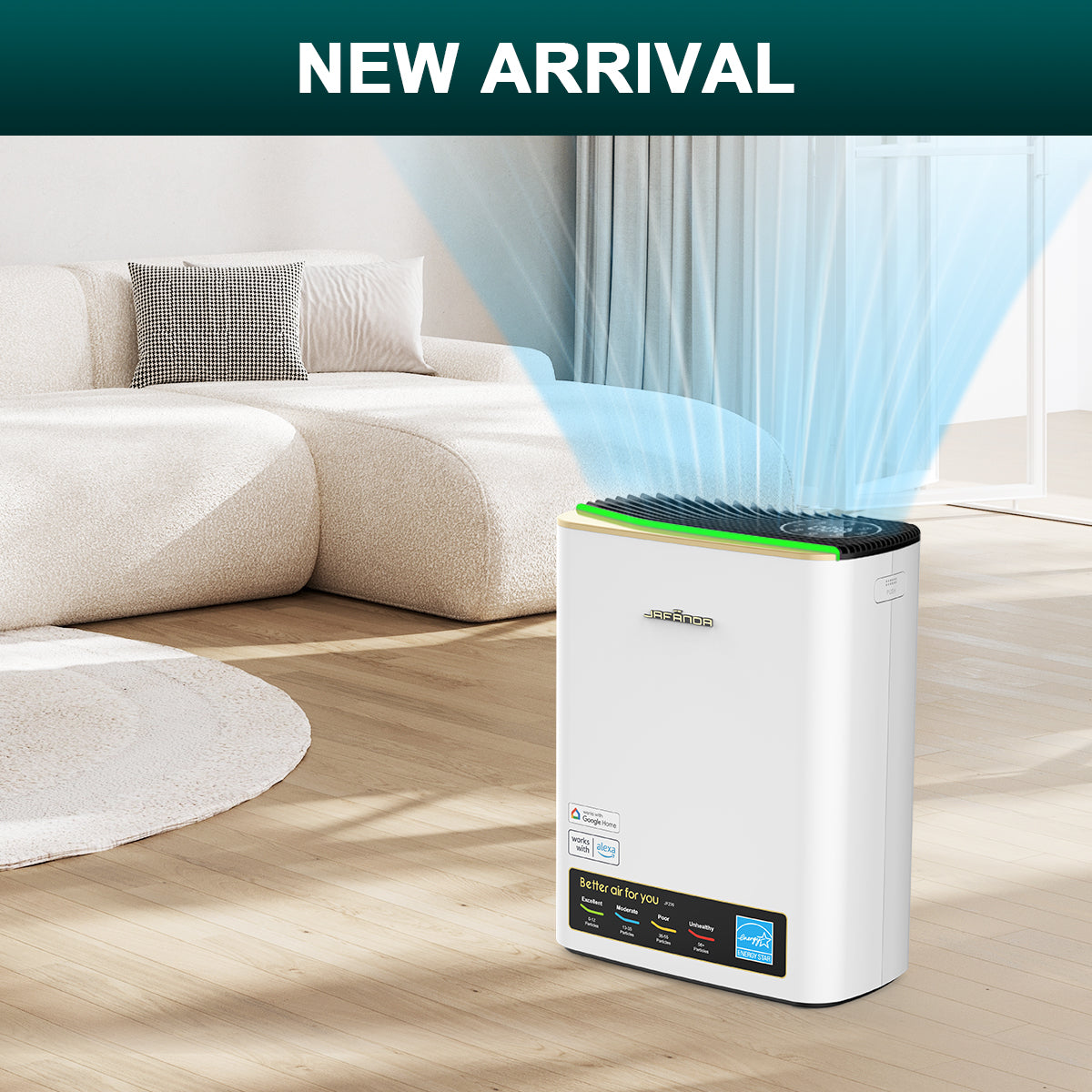

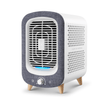
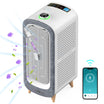
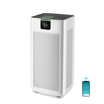

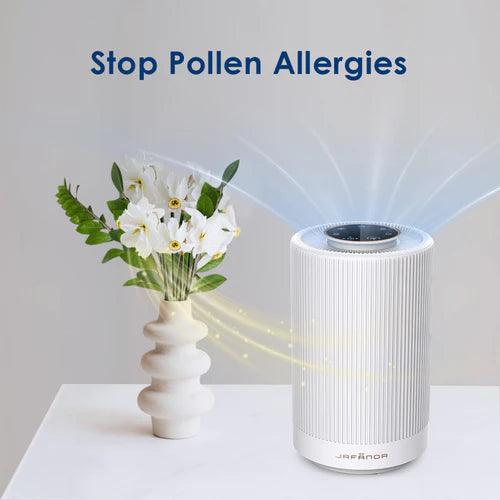
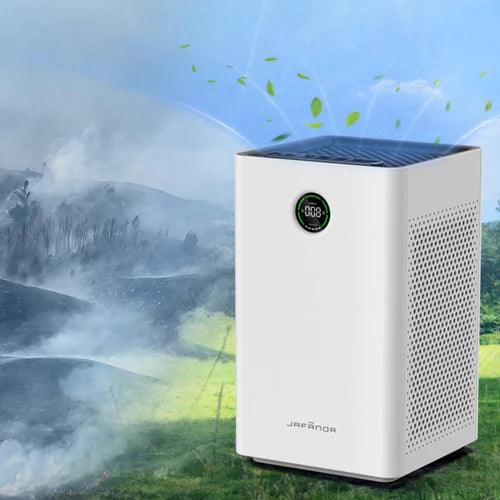
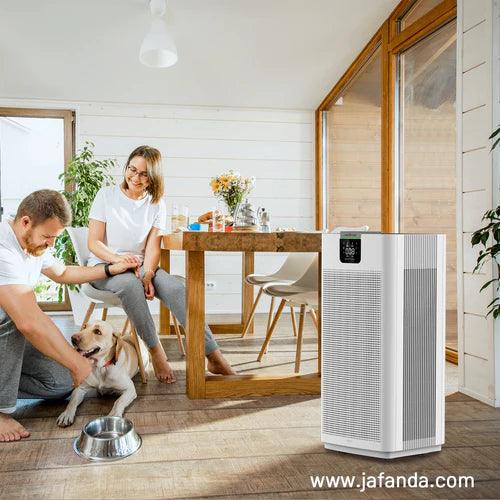
Leave a comment
All comments are moderated before being published.
This site is protected by hCaptcha and the hCaptcha Privacy Policy and Terms of Service apply.